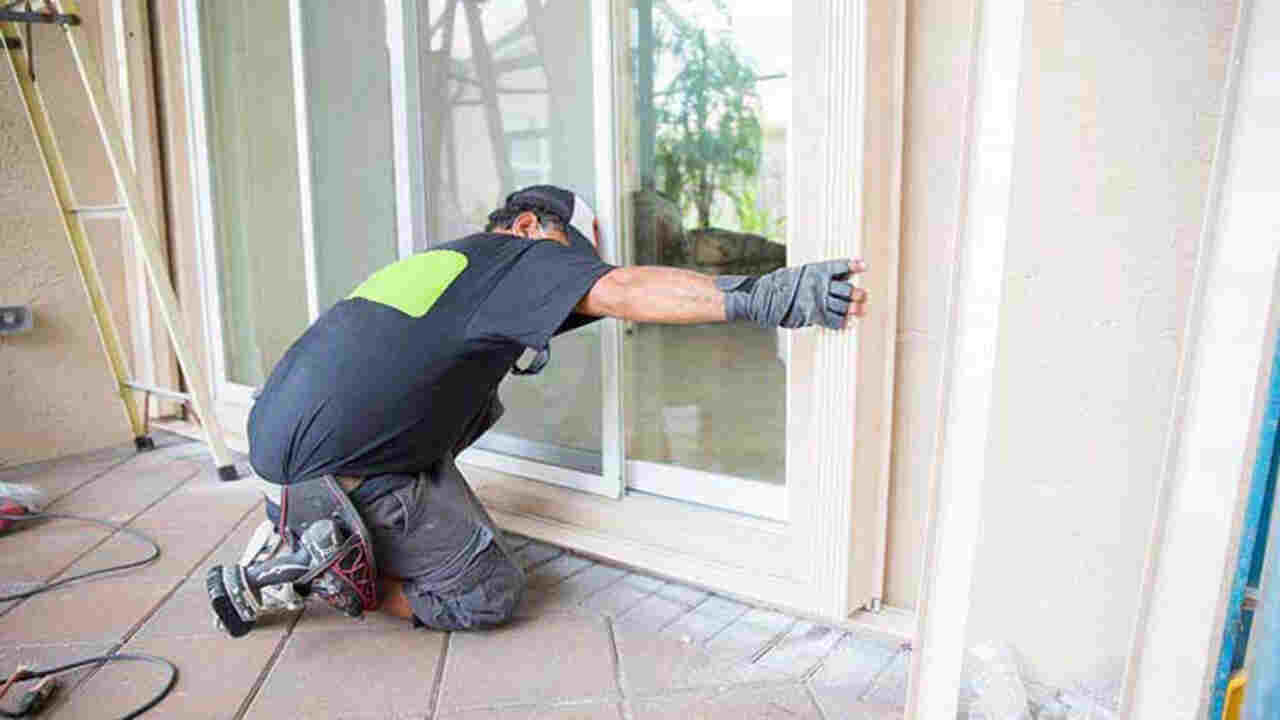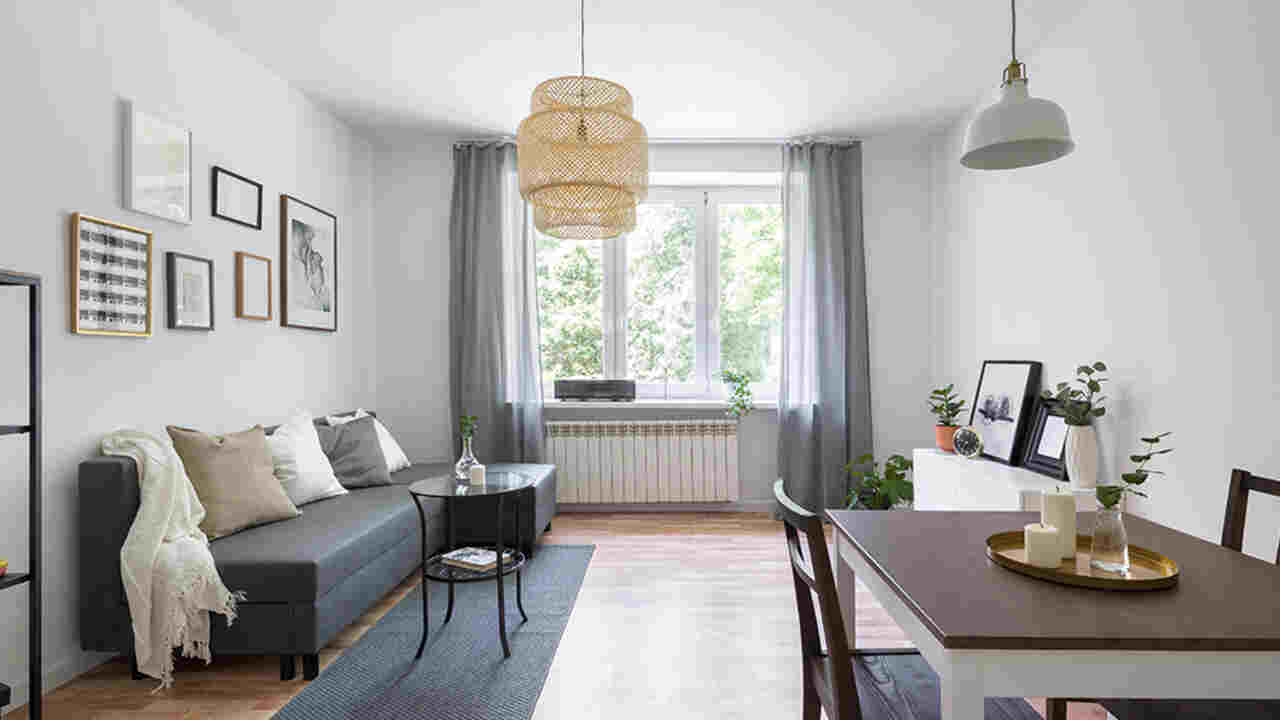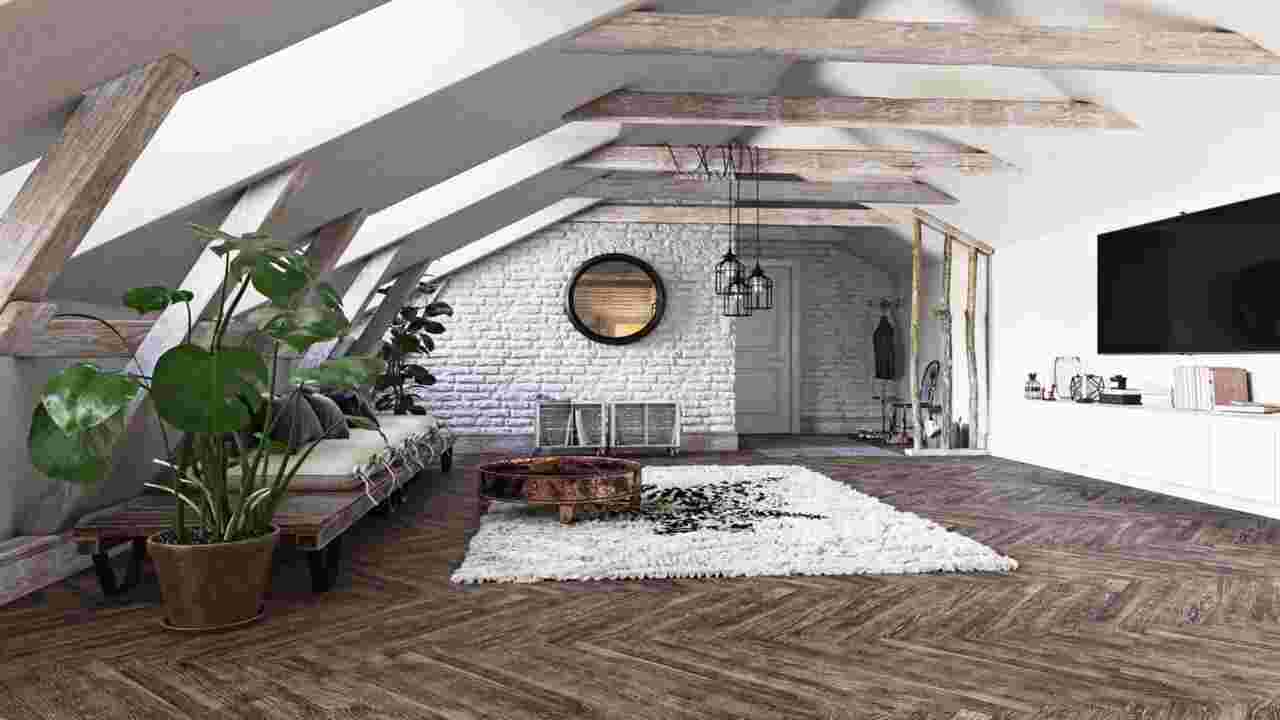In today’s world, safety is a top priority for homeowners. There are many situations, such as natural disasters, home invasions, and terrorism, that may require the need for a safe room.
A safe room is a fortified space within a home that provides a secure and protected area for occupants during an emergency. It can provide peace of mind and protection for families and individuals who want to be prepared for the unexpected.
Creating a safe haven within your home can be complex, but with careful planning and execution, building a safe room that meets your specific needs is possible. In this guide, we will take you through the 10 essential steps on how to build a safe room. From choosing the right location to stocking it with necessary supplies, we’ve got you covered.

10 Steps On How To Build A Safe Room

Building a safe room in your home can provide peace of mind and protection during a natural disaster or home invasion. When constructing a safe room, there are several key factors to consider. First, choose a location that is easily accessible and can be secured from the inside.
To add strength and durability, consider reinforcing the walls, ceiling, and door with concrete or steel. provides ultimate protection for yourself and your loved ones. Here are 10 Steps on How to Build a Safe Room:
Determine The Purpose And Location Of Your Safe Room

When creating your safe room, it’s important to determine its purpose and location. Consider what you want to protect yourself from, whether natural disasters, home invasions, or other potential threats.
Choose a location that is easily accessible for you and your family but also concealed from potential intruders. Assess the room’s structural integrity and reinforce it with materials such as steel or concrete.
Consider installing a reliable communication system and stocking up on emergency supplies like food, water, and medical kits. Regularly test the safety features and make necessary updates to ensure maximum protection.
Choose A Suitable Room Or Area In Your Home

When selecting a space for your safe room, it’s important to consider several factors. Look for an interior room with no windows or doors leading outside. This will minimize the risk of debris entering during a storm or providing easy access to potential intruders.
Additionally, choose a room that is easily accessible from the rest of the house, ensuring that you and your family can quickly reach it in case of an emergency. To enhance the room’s safety, consider reinforcing the walls, ceiling, and floor with sturdy materials such as concrete or steel. This will provide added protection against natural disasters or break-ins.
For the door, install a strong and secure one with a reliable locking mechanism. Finally, don’t forget to include emergency supplies like food, water, and a first aid kit in your safe room to ensure you have the essentials in case you need shelter.
Assess The Structural Integrity Of The Chosen Space
To ensure your safe room provides maximum protection, assessing the chosen space’s structural integrity is essential. Start by selecting a room with strong walls, preferably concrete or brick. Carefully inspect the space for any damage or weaknesses in the structure that could compromise its safety.
Consider reinforcing the walls with steel plates or bars to strengthen them further. Additionally, installing a solid door with a sturdy lock will help fortify the space against potential intruders. Adequate ventilation and easy access to emergency supplies should also be prioritized for the safety of the occupants.
Reinforce Walls, Ceilings, And Floors For Added Protection

When creating a safe room, it’s important to reinforce the walls, ceilings, and floors for added protection. Start by choosing a location that is easily accessible and away from potential hazards.
Opt for materials like reinforced concrete or steel, which can withstand natural disasters such as tornadoes or burglaries. Install heavy-duty doors with strong locks and hinges to fortify the entry point. Consider adding ventilation systems to maintain airflow and emergency communication devices for staying connected in critical situations.
Stocking the safe room with emergency supplies like food, water, first aid kits, and flashlights is crucial. You can create a secure haven for yourself and your loved ones by reinforcing these structural elements and being prepared.
Install A Solid And Secure Door With Multiple Locks
When building a safe room, one of the most crucial aspects is installing a solid, secure door with multiple locks. To ensure maximum security, it is important to choose a solid wood or metal door, as these materials provide added strength and durability.
Look for a door with multiple locks, such as deadbolts, to further enhance security and make it difficult for potential intruders to gain access. Additionally, consider reinforcing the door with steel plates or a metal frame to make it more resistant to forced entry.
Installing a peephole or a camera can also help you see who is outside before opening the door, adding an extra layer of protection. Lastly, choose heavy-duty hinges that cannot be easily removed or tampered with and do not overlook them. By following these steps, you can ensure your safe room is well-protected and secure from potential threats.
Consider Adding Bullet-Resistant Windows Or Window Coverings

To maximize the security and protection of your safe room, you may want to consider adding bullet-resistant windows or window coverings. These additional measures can provide an extra layer of defence against potential threats.
When determining the purpose and location of your safe room, it’s important to assess the level of security you require. You can enhance your safe room’s overall strength and resilience by choosing the right materials and construction techniques, such as installing bullet-resistant windows.
Additionally, regularly maintaining and updating your safe room will ensure its effectiveness in emergency situations. You can fortify your safe room and create a secure haven by incorporating bullet-resistant windows or window coverings.
Install A Communication System For Emergency Situations.
To ensure effective communication during emergency situations, it is crucial to install a communication system that can work without relying on external networks or power. Consider options such as a two-way radio or a satellite phone, as these can provide reliable communication even when traditional methods are unavailable.
Ensuring all household members are trained to use the communication system effectively is important. Regularly testing the system will also help ensure it is in proper working condition when needed.
By incorporating a robust communication system into your safe room, you can maintain contact with the outside world and receive updates and assistance when necessary.
Stock Your Safe Room With Essential Supplies And Equipment

When stocking your safe room with essential supplies and equipment, there are a few key points to consider. First and foremost, you’ll want to ensure you have ample food, water, and first aid supplies in an emergency.
Additionally, it’s important to equip your safe room with communication tools such as a radio or phone to stay connected with outside sources. In terms of security measures, you may want to consider installing a reinforced door or security cameras to enhance the safety of your safe room.
Having a plan for using the safe room in different emergencies is also crucial. This includes knowing where to go, how to access the room, and what to do inside. Lastly, it’s important to regularly maintain and update the supplies and equipment in your safe room to ensure readiness.
This means checking expiration dates, restocking depleted items, and making necessary repairs or upgrades. By taking these steps, you can ensure that your safe room is well-prepared and equipped to handle any potential emergency situation.
Develop An Emergency Plan And Practice Drills Regularly
Developing an emergency plan and practicing drills regularly is crucial for ensuring the effectiveness of your safe room. Start by determining the purpose of your safe room and carefully choosing its location.
Consider materials that can withstand extreme weather or intruders, such as plywood, fiberglass, or steel sheathing. Installing a reliable communication system, like WIFI or a two-way radio, will help you stay connected during emergencies.
Don’t forget to stock up on emergency supplies, including food, water, a first aid kit, and flashlights. Lastly, developing an emergency plan and practicing drills regularly will ensure that all occupants know what to do in an emergency.
Consult With Professionals For Expert Advice And Guidance
When building a safe room, it’s crucial to consult with professionals who can provide expert advice and guidance. These professionals include architects, engineers, and security experts who have expertise in designing and constructing safe rooms.
Working with these professionals ensures your safe room is properly designed to meet your needs and requirements. They can help you understand the purpose and location of your safe room, ensuring that it is strategically placed within your home.
Additionally, they can assist in selecting the right materials that can withstand harsh weather conditions and potential threats, such as tornadoes or burglaries. Professionals can also advise on the installation of proper ventilation, lighting, and communication systems in your safe room. It is important to regularly maintain and update your safe room to ensure it remains a secure and reliable space for its occupants.
Conclusion
Building a safe room in your home can give you and your family a sense of security and peace of mind. It is crucial to carefully plan and execute each process step to ensure maximum safety and protection.
Every detail must be considered, from determining the purpose and location of your safe room to consulting with professionals for expert advice. By following the recommended steps and investing in the necessary equipment and supplies, you can create a haven to serve as your refuge during emergencies.
We have provided bulk information on how to build a safe room and hope our information was helpful from your perspective. Don’t wait until it’s too late – start building your safe room today and take control of your family’s safety.
Frequently Asked Questions
How Do You Vent A Safe Room?
You can consider installing a vent fan or an HVAC system to ensure proper ventilation in a safe room. Choosing a method that doesn’t compromise the integrity of the walls or door is important. Consulting with a professional contractor or engineer can help ensure proper ventilation for your safe room.
What’s The Purpose Of A Diy Panic Room?
The purpose of creating a DIY panic room is to have a secure space during emergencies. It offers protection against intruders, natural disasters, and other threats. A well-designed panic room should have reinforced walls, doors, and windows. Customizable to fit your needs and budget.
What Are The Benefits Of Having A Safe Room In Your Home?
Having a safe room in your home offers numerous benefits. It provides a secure shelter during emergencies like natural disasters or home invasions. Customizable to your needs, it adds value to your property and may lower insurance premiums. Most importantly, knowing that you have a designated space to protect yourself and your family gives you peace of mind.
What Materials And Tools Do You Need To Build A Safe Room?
You will need concrete, steel, and reinforced walls to build a safe room. Tools such as a drill, screws, hammer, saw, and measuring tape are necessary. Additional items may include bolts, hinges, locks, and security cameras. Consult with a professional contractor consult before starting the construction process.
How Long Does It Take To Build A Safe Room, And Is It A DIY Project Or Should You Hire Professionals?
The time it takes to build a safe room depends on its size and complexity, usually taking several weeks. Building a safe room is not typically a DIY project, requiring specialized knowledge and equipment. Hiring professionals ensures that they meet safety standards. Obtain permits and inspections before use.

I am passionate about tools and electric work. I love finding new tools and experimenting with them.

